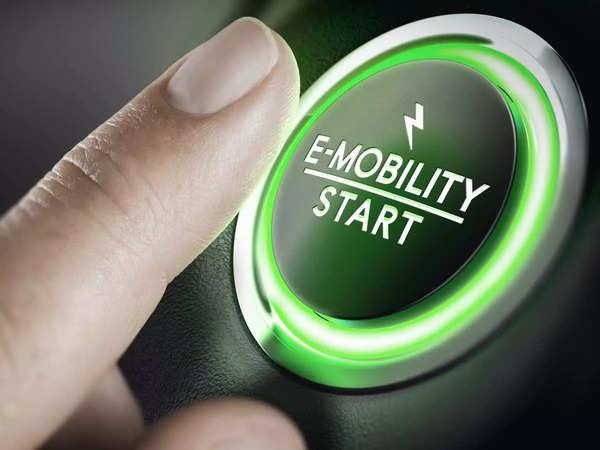The Indian government is planning to set up battery swapping infrastructure on highways and expressways across the country. This is part of the government's push to promote the adoption of electric vehicles (EVs) in India.
Battery swapping is a process in which a depleted EV battery is replaced with a fully charged one. This can be done in a matter of minutes, making it a much faster way to recharge an EV than traditional plug-in charging.
The government is considering two models for setting up battery swapping infrastructure on highways. The first model is to set up battery swapping stations at government-owned rest stops and petrol pumps. The second model is to partner with private companies to set up battery swapping stations on highways.
The government is also considering providing financial incentives to companies that set up battery swapping infrastructure. These incentives could include tax breaks and subsidies.
The setting up of battery swapping infrastructure on highways is a welcome development. It will address one of the major challenges to the adoption of EVs - range anxiety. Range anxiety is the fear of running out of charge before reaching your destination.
The availability of battery swapping stations on highways will give EV owners the confidence to travel long distances without having to worry about running out of charge. This will make EVs more practical and attractive to consumers.
The setting up of battery swapping infrastructure will also help to reduce air pollution and greenhouse gas emissions. EVs produce zero emissions, so the increased adoption of EVs will help to improve air quality and reduce greenhouse gas emissions.
Benefits of battery swapping infrastructure on highways
There are a number of benefits to setting up battery swapping infrastructure on highways, including:
- Reduced range anxiety: The availability of battery swapping stations on highways will give EV owners the confidence to travel long distances without having to worry about running out of charge. This will make EVs more practical and attractive to consumers.
- Faster charging times: Battery swapping is a much faster way to recharge an EV than traditional plug-in charging. This can be a major benefit for EV owners who need to charge their vehicles quickly, such as long-distance truck drivers and taxi drivers.
- Reduced carbon footprint: EVs produce zero emissions, so the increased adoption of EVs will help to reduce air pollution and greenhouse gas emissions.
- Job creation: The setting up and operation of battery swapping stations will create jobs in the EV sector.
Challenges
There are a few challenges that the government will need to address in order to successfully implement the plan to set up battery swapping infrastructure on highways, including:
- Cost: Setting up battery swapping infrastructure is expensive. The government will need to find a way to finance the development of this infrastructure.
- Standardization: There is currently no standardization in the battery swapping industry. This means that different battery swapping stations may use different types of batteries. This could make it difficult for EV owners to use battery swapping stations.
- Awareness: Many people in India are not yet aware of the benefits of battery swapping. The government will need to raise awareness of battery swapping and its benefits in order to promote its adoption.
Conclusion
The Indian government's plan to set up battery swapping infrastructure on highways is a welcome development. It has the potential to accelerate the adoption of EVs in India and reduce air pollution and greenhouse gas emissions.
The government will need to address the challenges of cost, standardization, and awareness in order to successfully implement the plan. However, the potential benefits of battery swapping infrastructure are significant, and it is clear that battery swapping will play an important role in the development of the Indian EV industry.
Additional thoughts
The Indian government's plan to set up battery swapping infrastructure on highways is a positive step towards a more sustainable future for transportation in India. Battery swapping has the potential to make EVs more affordable and accessible to consumers. It will also help to reduce India's reliance on imported oil and make the country more energy self-sufficient.
The success of the Indian government's plan to set up battery swapping infrastructure on highways will depend on a number of factors, including the cost of implementation, the standardization of battery swapping technology, and the awareness of battery swapping among consumers. However, the Indian government is committed to promoting the adoption of EVs, and it is clear that battery swapping will play an important role in the development of the Indian EV industry.






